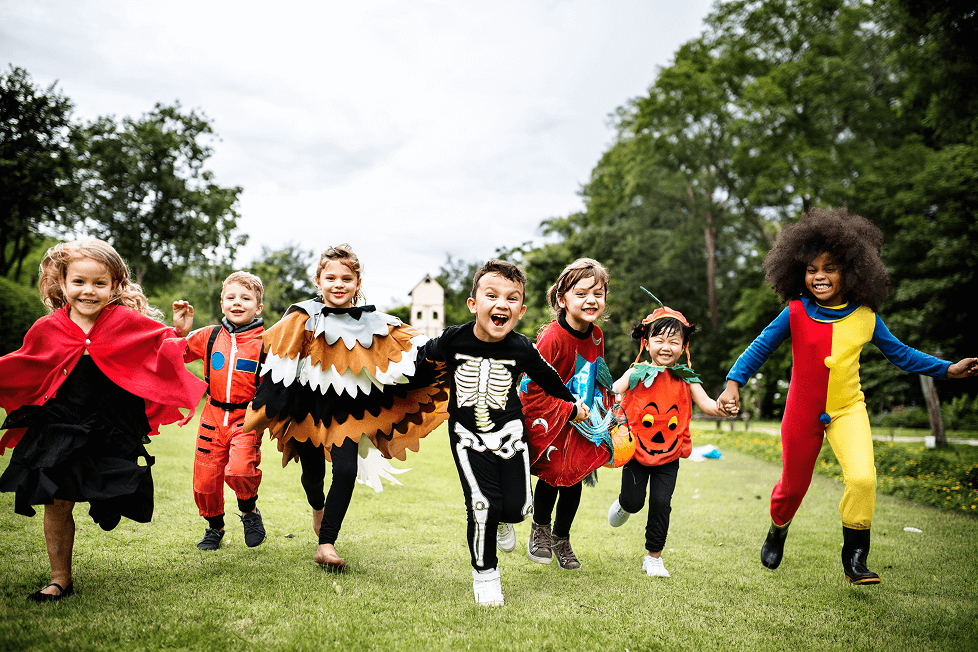Halloween is a fun time with costumes, candy, and community spirit. Whether you’re going trick-or-treating, visiting a haunted house, or having a party, it is important to stay safe.
Choosing a Costume: There are many costumes to choose from.
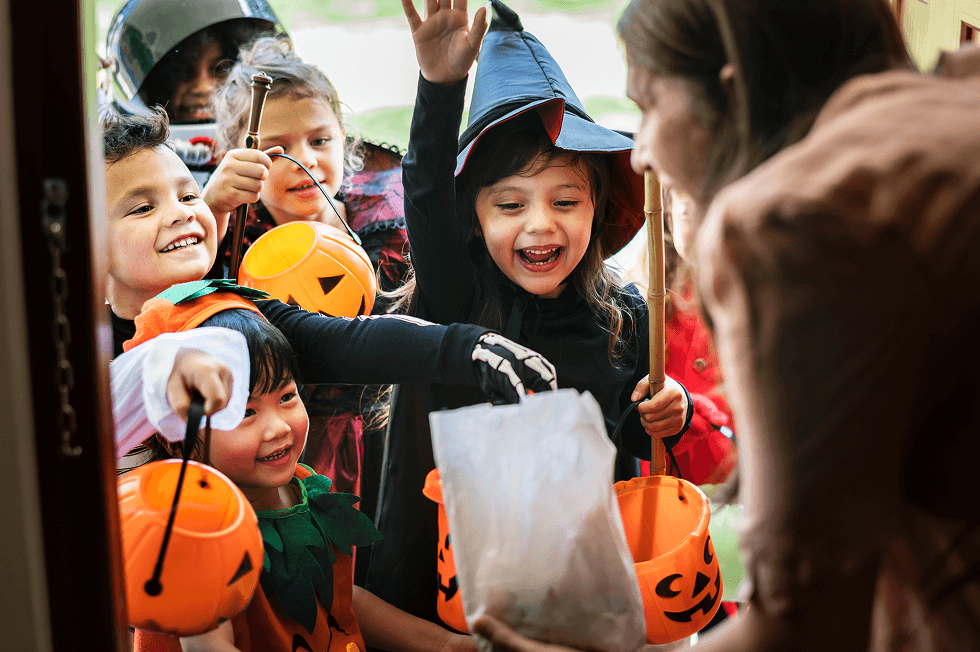
There are many costumes from which to choose. Pick one that fits your child’s age and is respectful of other cultures and diversity.
- Choose light-coloured, flame-resistant costumes with reflective strips. This helps kids stay safe and be seen in the dark.
- Avoid costumes with masks or things that make it hard to see. Use face paint instead.
- Choose face paint that is non-toxic. See this article for more information.
- Make sure costumes, hats and shoes fit well and are not too loose. This helps kids avoid tripping or falling.
- If the costume has a sword, cane or stick, make sure it is not sharp or long, so your child won’t get hurt or trip over it.
- Do not use decorative contact lenses. They can cause pain and may damage your child’s eyes.
Pumpkin Carving Safety
Always have an adult helping when carving and decorating pumpkins.
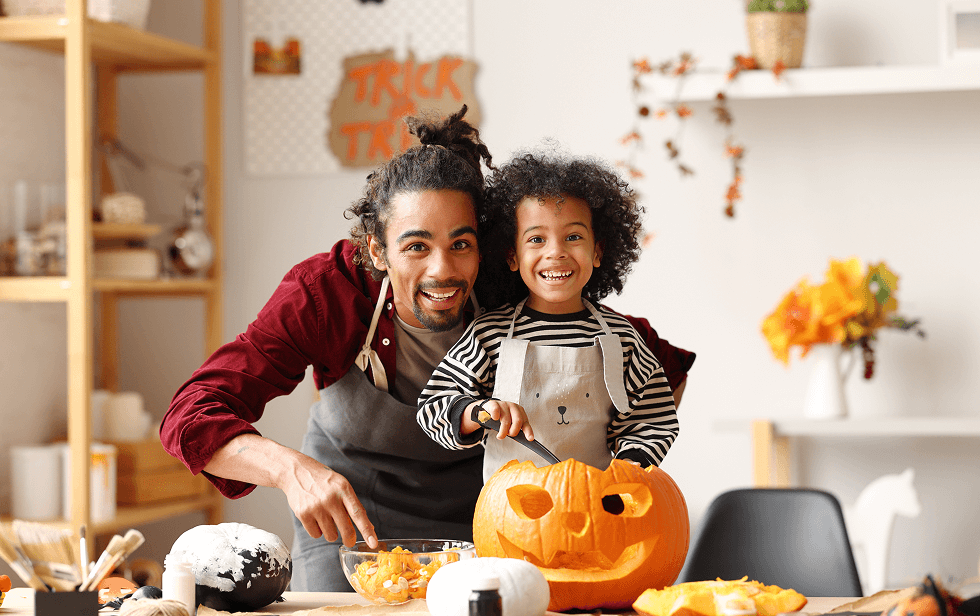
Always have an adult helping when carving and decorating pumpkins. Let young kids help scoop out the pumpkin seeds or draw a face with markers. Older kids can use pumpkin carving tools designed with safety in mind, but they still need an adult to help and keep them safe.
Choose battery-operated candles, flashlights, or glow sticks to light your pumpkin. They are safer than real candles. If using a candle, a votive candle is safest.
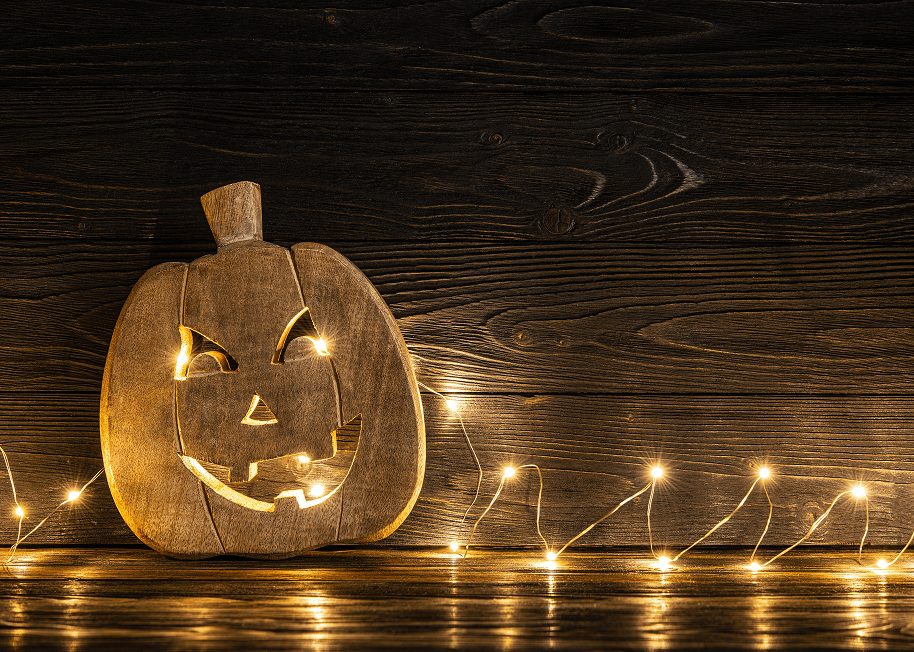
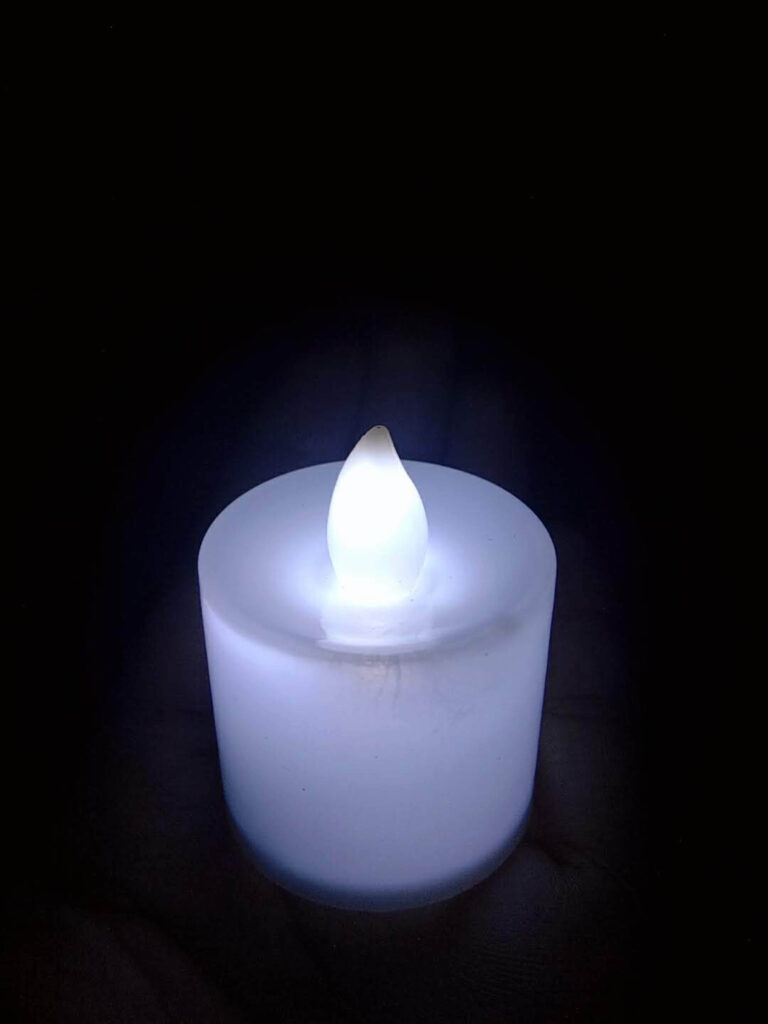
Keep candle-lit pumpkins on a sturdy table far away from curtains and other objects that could catch fire. Never leave a lit pumpkin unattended.
Trick-or-Treater Safety Tips
- A parent or responsible adult should take young kids trick-or-treating. Older kids going out alone should tell their parents where they are going and when they will be home.
- Consider walking the trick-or-treat route with young kids before Halloween. It helps them feel ready for the fun night ahead.
- Stay in a group and carry a flashlight.
- Never go inside a stranger’s home or car for a treat. Bring a cell phone for emergencies.
- Call 9-1-1 if there is an emergency or if someone gets lost.
- Be extra careful on the streets. Drivers might not see trick-or-treaters. Just because one car stops, it does not mean that others will.
- Stay on bright, well-lit streets and use the sidewalks. If there are no sidewalks, walk on the side of the road, facing traffic. Cross the street at an intersection.
- Only go to homes that have lights on and avoid cutting across yards or using dark alleys.
Make your Home Safe for Trick or Treaters
- Prevent slips and falls with a well-lit front step and sidewalk that is free from wet leaves, snow or ice.
- Put away toys and bikes so kids don’t trip.
- Keep your pets away from the door so they do not jump on or bite a trick-or-treater.
- Use battery-operated candles in your pumpkins when leaving them outside.
Check your Kids’ Treats
- Throw away spoiled, unwrapped items or candies that could be a choking hazard for your young child.
- Watch for cannabis products. Some packages look like candy. Cannabis can make kids very sick and, in some cases, can be deadly.
- Some people give out non-food items such as pencils, pens, or colouring books instead of candy. Make sure any small toys are safe and aren’t a choking risk for young kids.
Eating the Treats!
Give your kids a healthy meal before trick-or-treating. This will give them the energy they need and makes them less likely to start eating their candy before you check it at home.
Once you have checked their treats, let kids enjoy their candy after trick-or-treating. In the days and weeks after, let them choose a few pieces to have at snack time and mealtime for dessert. Encourage your child to enjoy the candy and eat it mindfully.
Halloween and Food Allergies
Halloween can be tricky for kids with food allergies. It is important that parents check all treats to avoid a life-threatening allergic reaction. Many popular Halloween candies have common allergens like peanuts or tree nuts, milk, egg, soy, or wheat.
Always read the ingredient label on treats, sometimes the smaller sizes (“fun size”) have different ingredients.
Teach your child to say, “no thank you,” to home-baked treats such as cupcakes and brownies, and never to taste or share another child’s food.
If your child becomes sick after eating Halloween treats, call Health Links – Info Santé for advice 204-788-8200 or toll-free 1-888-315-9257.
Reference:
American Academy of Pediatrics Halloween Health & Safety Tips – HealthyChildren.org

